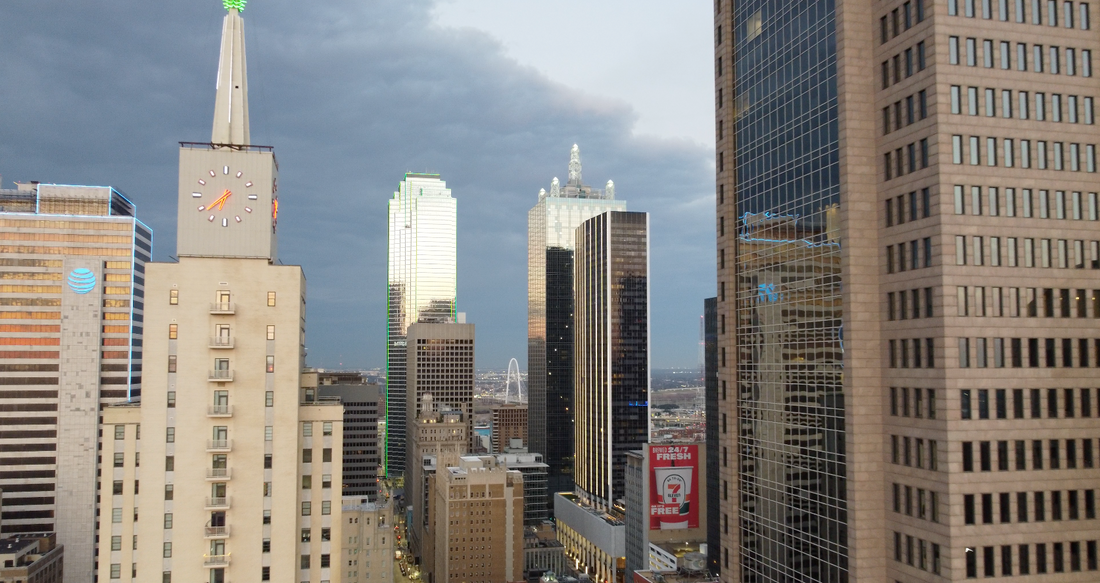
Flying your Drone in the City: Navigating Urban Skies Safely and Efficiently
Share
The Rise of Urban Drone Use
With rapid technological advancements, drones have become essential tools not only for hobbyists but also for professionals in industries like logistics, real estate, public safety, and media production. However, flying drones in densely populated urban areas presents unique challenges. This article explores how drones can be safely and efficiently operated in city environments while complying with regulations and avoiding potential hazards.
Challenges of Operating Drones in Urban Areas
Urban environments introduce complexities such as:
Crowded Airspace: Cities have dense infrastructure, buildings, and traffic, making it difficult to navigate safely. Tall structures, such as skyscrapers, interfere with signal transmission and create blind spots.
Regulatory Restrictions: Many cities have strict drone regulations to protect privacy, security, and public safety. Navigating legal constraints such as no-fly zones near airports, government buildings, and public gatherings is essential.
GPS Signal Interference: Urban areas are notorious for GPS signal loss, causing drones to malfunction or even crash if not handled properly. Signals can bounce off buildings, creating problems for drone pilots.
Privacy Concerns: Drones equipped with cameras flying over private property can raise significant privacy issues, leading to potential legal troubles.
Solutions for Safe Navigation:
- Pre-Flight Planning Tools: Utilizing software such as AirMap or B4UFLY can help pilots identify no-fly zones and areas of potential interference.
- Advanced Sensors: Drones equipped with obstacle avoidance systems (like DJI's Advanced Pilot Assistance Systems) and visual navigation technologies improve safety in confined urban spaces.
Drone Regulations for Urban Flights
Understanding local and national regulations is critical to safely navigating city skies:
FAA Remote ID Compliance: Starting in 2024, the U.S. FAA mandates all drones must broadcast a Remote ID, which acts like a digital license plate to track drone activity in real-time. This will increase safety by allowing authorities to identify drones operating illegally.
Flight Altitude Restrictions: Many countries impose limits on how high drones can fly. In urban areas, these restrictions are often stricter to protect air traffic. Stay below the prescribed height and within your visual line of sight (VLOS).
Geofencing Technology: Some drones come with geofencing features, preventing them from flying into restricted areas. Use this feature to avoid accidentally breaching legal limits.
Best Practices for Efficient Urban Drone Operations
Drones offer significant benefits when used efficiently in city settings:
Optimizing Delivery Routes: Companies like Amazon and UPS are exploring drone deliveries in urban areas. Pre-programmed flight paths and real-time adjustments help drones avoid delays and traffic, making deliveries faster and more eco-friendly.
Drones for Public Safety: Drones assist in urban policing, firefighting, and search-and-rescue missions. For instance, thermal imaging cameras on drones help firefighters locate hotspots in burning buildings, saving lives.
Urban Infrastructure Inspection: Drones are used for inspecting tall buildings, bridges, and towers, eliminating the need for risky human operations. Their ability to quickly scan large areas with high accuracy is invaluable to the construction and maintenance industries.
Drone Traffic Management (UTM): As urban drone use grows, the need for drone traffic management systems is critical. Cities are implementing UTM solutions to coordinate multiple drones, ensuring they don’t collide or disrupt manned aircraft.
The Future of Urban Drone Use
As cities become smarter, drones will play a more integral role. Expect advancements in:
Drone Taxis: Companies like EHang and Volocopter are developing aerial taxis to transport passengers across cities, revolutionizing urban mobility.
Autonomous Drones: The future lies in autonomous drones that can perform tasks such as package delivery or urban surveying without human intervention, thanks to advances in AI and machine learning.
Beyond Visual Line of Sight (BVLOS): Enabling BVLOS flights will open up new possibilities for long-distance drone operations, especially for logistics and emergency services.
The Path Forward
Operating drones in urban environments is challenging but incredibly rewarding. By following best practices, adhering to regulations, and leveraging cutting-edge technology, drone operators can navigate urban skies safely and efficiently. As drones continue to evolve, they will reshape how we interact with our cities, from faster deliveries to safer inspections and even emergency response.
